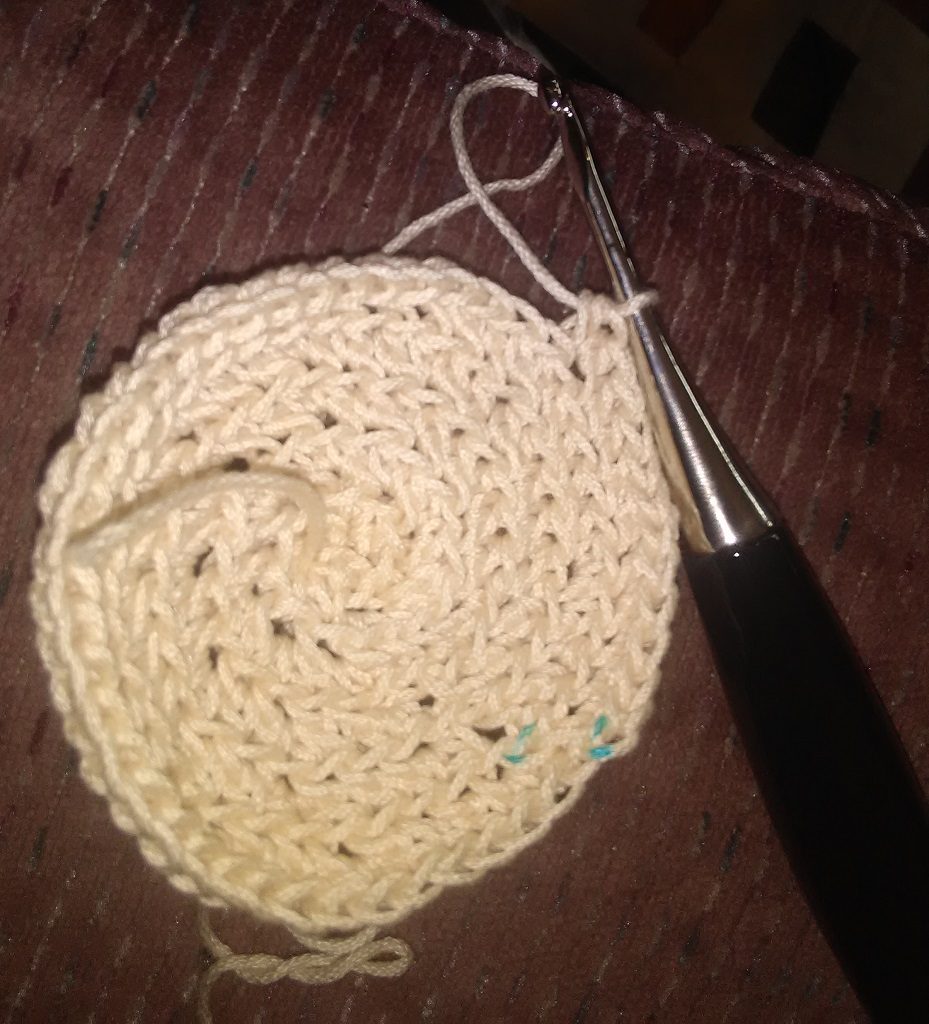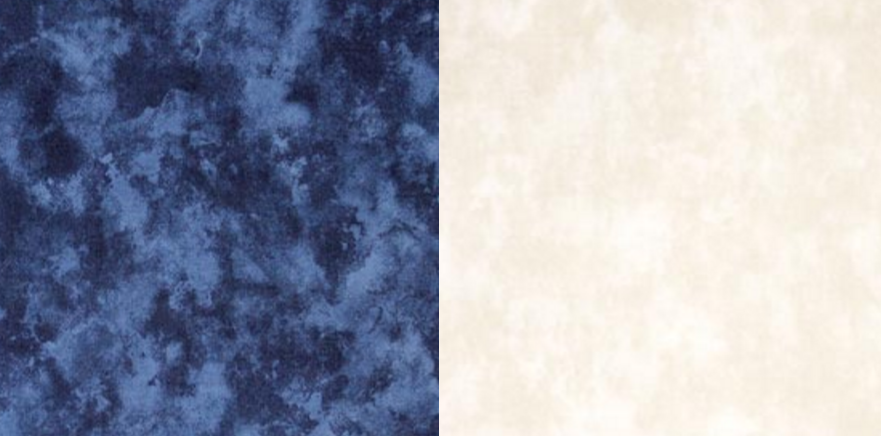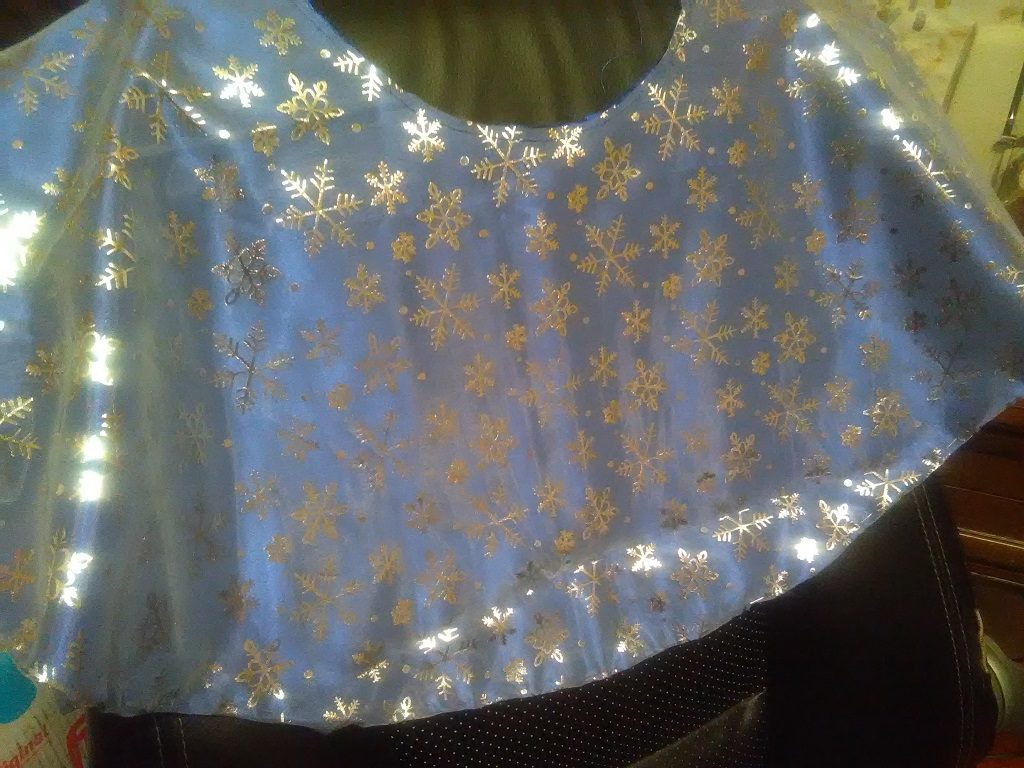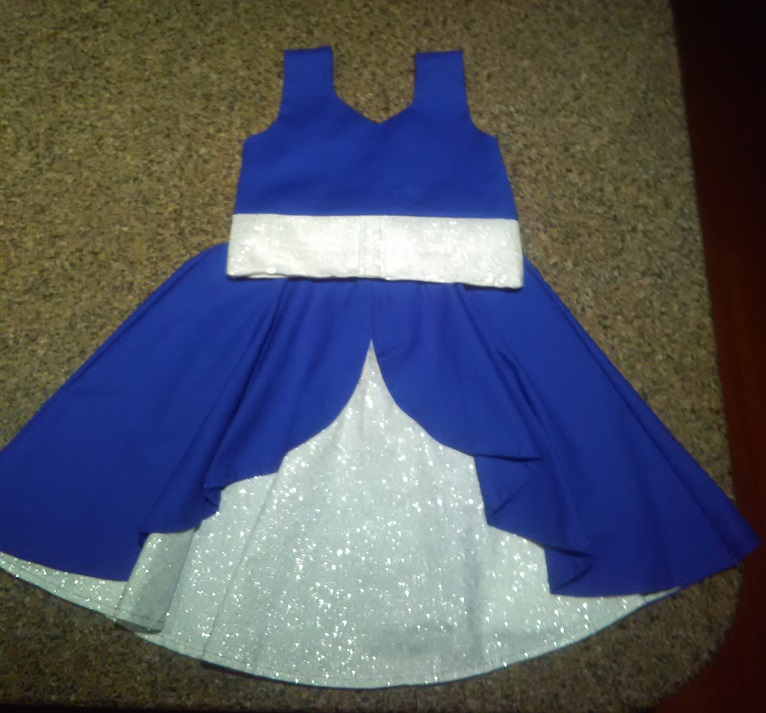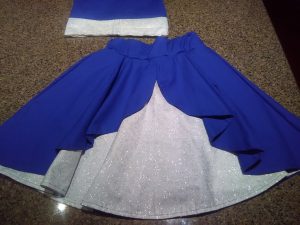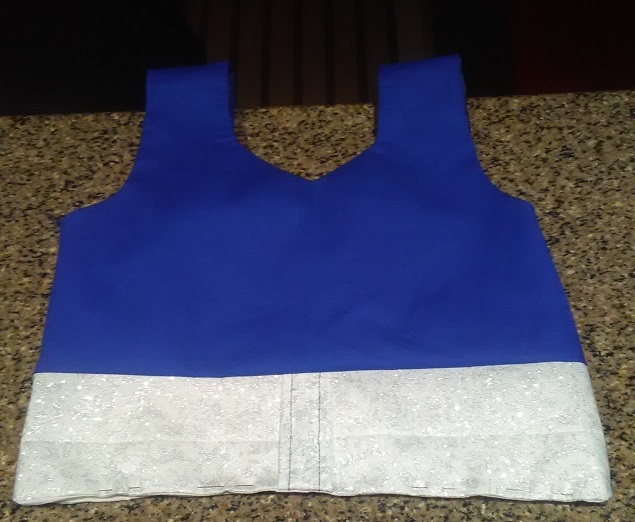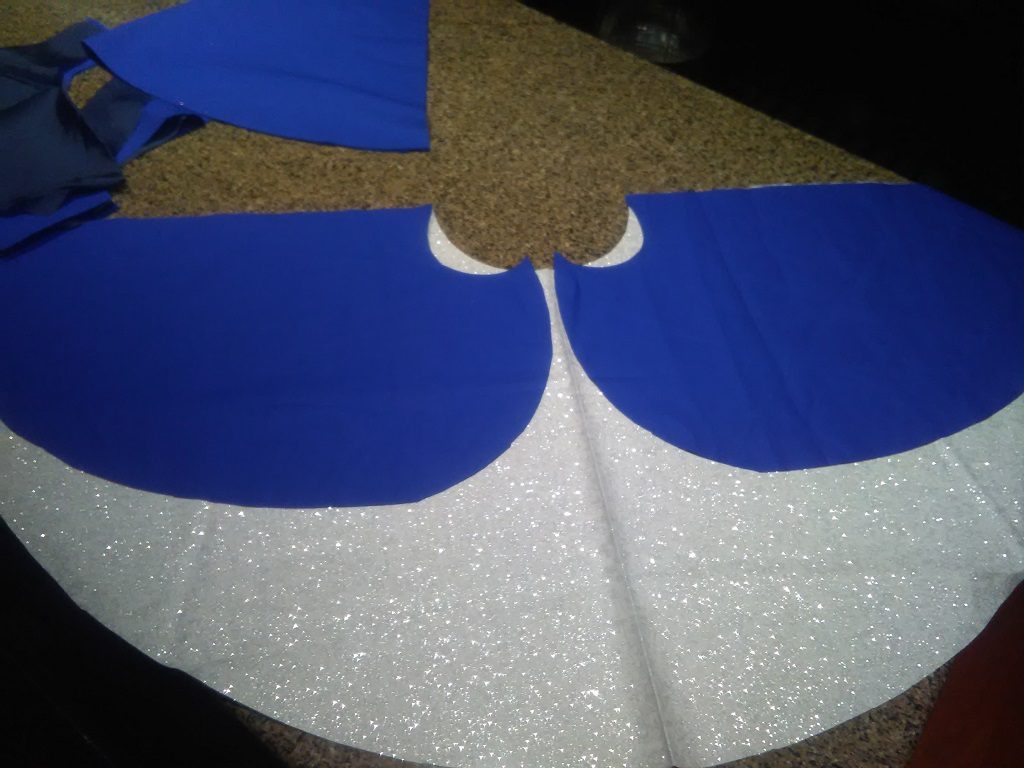I realized, recently, that my experience in manufacturing inventory management systems is actually useful for smaller craft businesses. Someone inquired about using bar codes in their soap making business. The first question is why are you using bar codes. For personal use (like inventory management) or codes used by outside parties? Or both — you can have both internal maintained inventory management bar codes and a UPC maintained code for finished products.
If you are trying to sell products in a store that uses laser scanners for checkout, then you need to use a system with managed number assignment. Otherwise two companies could randomly assign the same code to a product — you ring up a bar of soap and get charged for a hundred dollar handbag. What that system *is* depends on where the product would be sold (and, to some extent, what the product *is* — books use an ISBN system). UPC in the US (https://www.gs1us.org), EAN in the EU (https://www.gs1uk.org). The price to use these codes depends on how many unique products you have (https://www.gs1us.org/upcs-barcodes-prefixes/get-started-guide/1-get-a-gs1-us-issued-company-prefix). Up to 10 codes for a 250$ initial fee plus 50$ annual renewal. Up to 100 codes is a 750$ initial fee plus 150$ annual renewal. Up to 1,000 codes is 2,500$ initial fee plus 500$ annual renewal. The price tiers are economical for companies that do not have variants of a single product (different sizes, different colours) because multiple codes are not used for essentially the same product.
I’ve only worked with companies that manufacture single variations of a product. In small craft manufacturing, the number of codes you need can get out of control. Using registered bar codes creates a financial incentive for streamlining product offerings — you could package your bath bombs individually, in two packs, three packs, four packs … ten packs *but* that uses nine different UPC codes! Add a pot of lip balm, a tube of lip balm, a guest bar of soap, and a full size bar of soap and the the renewal fee triples. Some small vendors will accept a single code for same-price items (“4 oz soap bar” or “bath bombs, four pack”), but larger vendors require a unique code for each unique iteration of the product because they manage their inventory through UPC codes. You need to understand who will be using the codes and what their requirements are before you can determine how many codes you need to purchase.
Does purchasing a single UPC through a reseller make sense? Again, the individual retailer requirements need to be checked — some companies require the company prefix be registered to the manufacturer (i.e. you cannot use a reseller to purchase a single UPC code). Assuming your intended customer allows resold codes, the cost effectiveness depends on how many products and for how long you want to maintain your codes. The reseller structure is good for someone test-marketing in a retail store – if the market test does not pan out, you are out ten bucks (current price from a quick Google search). Even long term, a single UPC reseller is cost effective for up to five products. If you have nine products, you save money registering with GS1 in the third year. Seven products breaks even after five years. Six products breaks even after ten years. But verify the services offered by the reseller — how do you update your product registration?
Printing the bar codes is fairly trivial — there are UPC and EAN fonts available. Some are free, some cost money. You type the proper characters (I prefer fonts where ‘9’ on my keyboard is the 9 bar code. A lot of free fonts are mapped oddly – like you need to type ‘c’ to get a 9) and change the font. I also prefer fonts with human-readable characters under the bar code. Firstly this confirms I’ve typed the proper thing, but it also allows for manual code entry in case the bar code gets obscured. You can print the code on your product wrapping, or include the code in your packaging design and outsource package production.
Could you use the UPC/EAN codes for inventory management? Sure — raw materials you purchase may already have a unique code assigned. Scan the bar code, enter the quantity … voila. But if you are purchasing raw materials that are not already coded … there’s no reason to spend money on a prefix that allows you to code all of your inventory! UPC prefix assignments are a little bit like network blocks — there are different “size” blocks that allow different numbers of products to be registered. A prefix block that allows up to 10 products costs a lot less than a prefix block that allows ten thousand products. If you grow a bunch of different botanicals in your garden, allocating a registered code to each item could get quite costly.
As an inventory management system (the majority of my barcode experience), you can use whatever format bar code and whatever numbering system you like. The number doesn’t need to mean anything to anyone else – and it does not need to be globaly unique – so the entire process is a lot easier. If the manufacturing company next door uses your code for resistance wire for their quart bottles … who cares. As long as you have a database that indicates that item 72 is magnesium oxide powder, people scanning inventory against your database will see magnesium oxide powder.
For printing bar codes, there are fonts available for free online. I’ve used code 39 in the inventory systems I’ve built out – to print the code, just type the numbers and change the font. We used sheets of sticky labels & printed the barcodes onto them – then stuck the label on the raw material bins. Work orders printed out on a form and had a sticky label for the product(s) being built. Scanning the product bar code brought up a list of materials that needed to be used and pull up the engineering draft for the product. Employees scanned raw materials out of inventory as they pulled parts, built the item, then affixed the label from the work order to finished product to scan the completed item into inventory. All of the number assignments were internal – generally using whatever manufacturing software the company already maintained, but I’ve done it in custom code with a PHP front end and MySQL backend too. You need a form for adding to inventory and a form for removing from inventory. Scan the bar code to input the item number, enter the amount being used, submit. You could even maintain your purchase orders and recipes as a batch of inputs — receive an order and check everything contained there-in into inventory. Select a specific recipe and check set amounts of ingredients out of inventory.
I generally also create a reconciliation form — similar to how stores will go through and do manual inventory counts to true-up their database inventory with reality, a reconciliation form allows you to update the inventory database with the actual amount on hand. Personally, I store deltas from true-up operations too — if we should have fifty ounces of shea butter but only have forty seven because of over-measuring or small bits left on scoops, we want to know that there was a loss of three ounces. Once you know your inventory deltas, then you can include that loss into the cost of goods produced.
Why would you want to put so much effort into tracking your inventory? I see a lot of people asking how someone calculates costs for finished products. Calculating cost is fairly easy if you track your inventory in and out (costs not associated with inventory [your time, electricity, space, taxes] still need to be accommodated). In the inventory database, you have an item number, a quantity, and a price per unit value. As inventory is checked in, the price per unit is adjusted to include the incoming items. A recipe — specific amounts of different items — can be represented as a cost. You can also track material cost over time (trend the price of an ingredient, see if there’s a better time to buy it) or compare costs for product reformulation – takes additional database space and a little extra coding, but it is good information to manage costs.
How to reflect shipping costs on incoming inventory is a personal decision. The easiest way is to divide the cost equally over the items – this works well for flat-rate shipped orders. You could also divide the shipping cost over the weight of the shipment — 10 dollars in shipping over forty pounds of materials is twenty-five cents per pound. Then a three pound item cost seventy-five cents in shipping. A ten pound item is 2.50$ to ship.
The question was specifically asked regarding soap making, but the methodology is valid for basically any industry or home business. Most of my experience was garnered in an electric heater element manufacturer. The approach is viable for recipe-based manufacturing (knitting, crocheting, sewing, soap making) and even non-recipe based manufacturing … you’d just need to pull materials from inventory as you use them.

